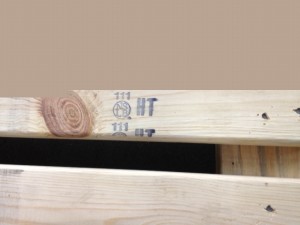Every product that needs to be shipped presents its own set of concerns, and this observation is true for shipping curved metal. Whether the radiused members are component parts of equipment or structural members for a building, how the goods are packaged and shipped is important to provide a safe and secure passage to its destination.
OEMs (Original Equipment Manufacturers) sometimes provide their own containers to be filled with the metal parts curved by a company that specializes in bending metal: a rolling house. The container might have a fixed number of slots which might eliminate the need to count the parts: the container “tells” the machine operator when he has produced enough parts. The container should be designed to allow for safe and secure shipment to the customer and to the floor of the receiving shop or, better yet, straight to a manufacturing cell where it becomes point of use storage.
An unusual request for special packaging involved goods to be shipped to Saudi Arabia. In this case the wooden pallets had to be certified to be free of insects. A supplier was located, the pallets were delivered, and the shipment went out. Documentation was required including markings on the pallets and the paperwork certifying that the correct materials were used and that no other wood was added to the special pallets.
The product, 1in solid round bar with three bends will become part of a system to anchor military aircraft while they sit on the tarmac.


Another job requires a wood pallet that is made from “green” wood, i.e. newly cut wood that would not burn when put in a furnace to anneal the aluminum parts loaded on it.
All companies, of course, need to attend to the needs of their customers including their unique shipping requirements.







